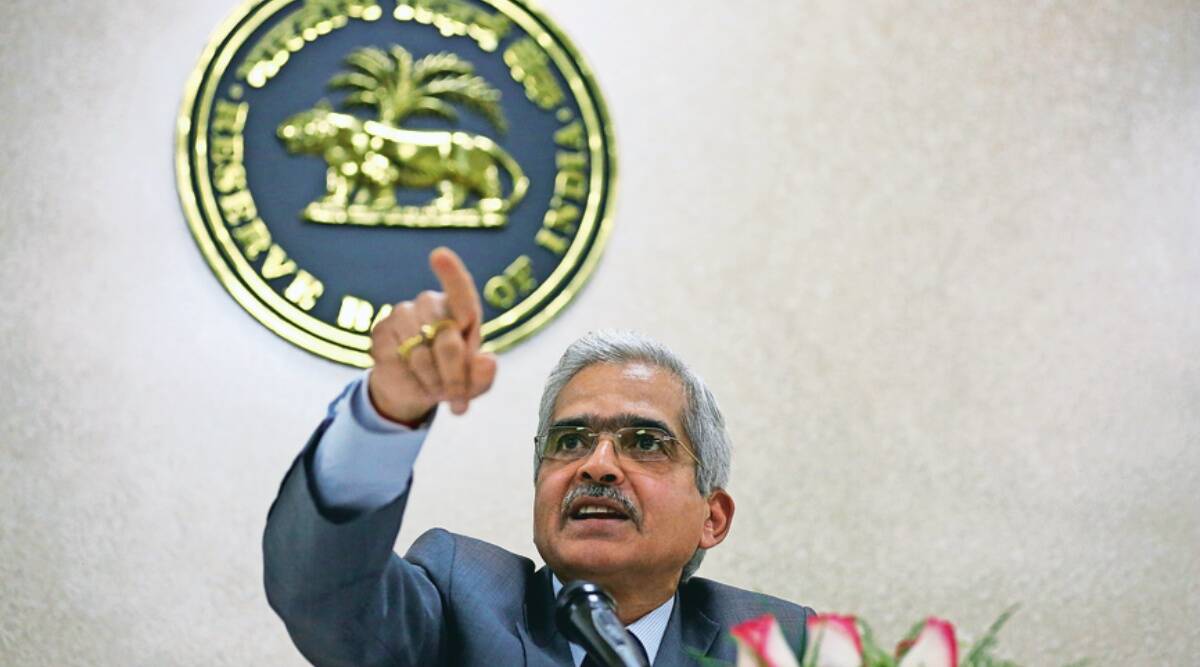RBI said on Friday, Governor Shaktikanta Das said ‘monetary policy is an art of managing expectations’ emphasizing the need for an effective communication strategy in the face of rising inflation concerns fueled by geopolitical developments. The conduct of monetary policy has changed notably in India and around the world as economies and markets evolve, he said in a lecture at the National Defense College.
“Since monetary policy is an art of expectation management, central banks must continually strive to shape and anchor market expectations, not only through words and actions but also through the continual improvement of their communication strategies to ensure desired social outcomes,” he said. Communication works both ways – while too much communication can confuse the market, too little can make it guess the central bank’s policy intentions, he added.
Central banks also recognize that communication must be supported by commensurate actions to build greater credibility and trust among politicians.
The Reserve Bank of India (RBI) has actively used communication through a variety of tools – MPC resolutions and minutes, comprehensive post-policy statements as well as statements of measures. developments and regulations, press conferences, keynotes, and other publications — especially the semiannual Monetary Policy Report (MPR) — to fix expectations, Das said.
The Governor recommended that statutory price stability be defined by a target quantity of 4% for the Consumer Price Index (CPI) with an acceptable margin of about +/- 2%. The flexibility of the FIT (flexible inflation targeting) regime comes from its provisions aimed at adapting to or overcoming transient supply-side shocks of inflation.
The defined monetary policy target is not met where average CPI inflation has remained below or above the 2-6% range for three consecutive quarters, rather than being exceeded/inflation falls below target. This helps monetary policy avoid excessive volatility in exchange rate-setting behavior that could negatively impact growth,” he said.
“Clearly defined inflation targets and scopes, the establishment of MPCs, clear accountability mechanisms for identifying non-targets, detailed resolution and prompt publication of assessments Individual prices in minutes have enhanced the transparency and reliability of monetary policymaking in India,” said Das. January, compared with 5.66% in December 2021.
Increase mainly due to high food inflation, which hit a 14-month high of 5.43% on an unfavorable basis. Referring to global conditions Das said this poses complex challenges for central bank communications after about two years of living with the pandemic. Several economies, including large ones, are struggling He said face high inflation decades-long supply disruptions, tighter labor markets, inventory management in fragile times, and geopolitical disruptions.
“Central banks are at an impasse – if they act aggressively to rein in inflation that could fall back to normal, they run the risk of triggering a recession; on the other hand, if they do it too late, they can be blamed, he said Recent geopolitical developments have exacerbated the challenges and dilemmas facing central banks Faced with the pandemic, Das said, the RBI’s response has been swift and decisive.
More than 100 actions have been taken since March 2020. In addition, twice – March and May 2020 – MPC meetings were held ahead of time; while two other independent statements were made by the Governor outside of the Monetary Policy Committee (MPC) cycle – one in April 2020 at the start of the COVID-19 crisis and one in May 2021 in the second peak of ambiguity, he said.
“The MPC’s off-cycle meetings and these stand-alone statements demonstrate the RBI’s willingness to take precautionary actions. We are perhaps the only central bank in the world that has done so. set up a special isolation facility with about 200 officers, employees, and service providers, engaged in critical operations to ensure business continuity in banking and market operations finance and payment systems,” he said.

